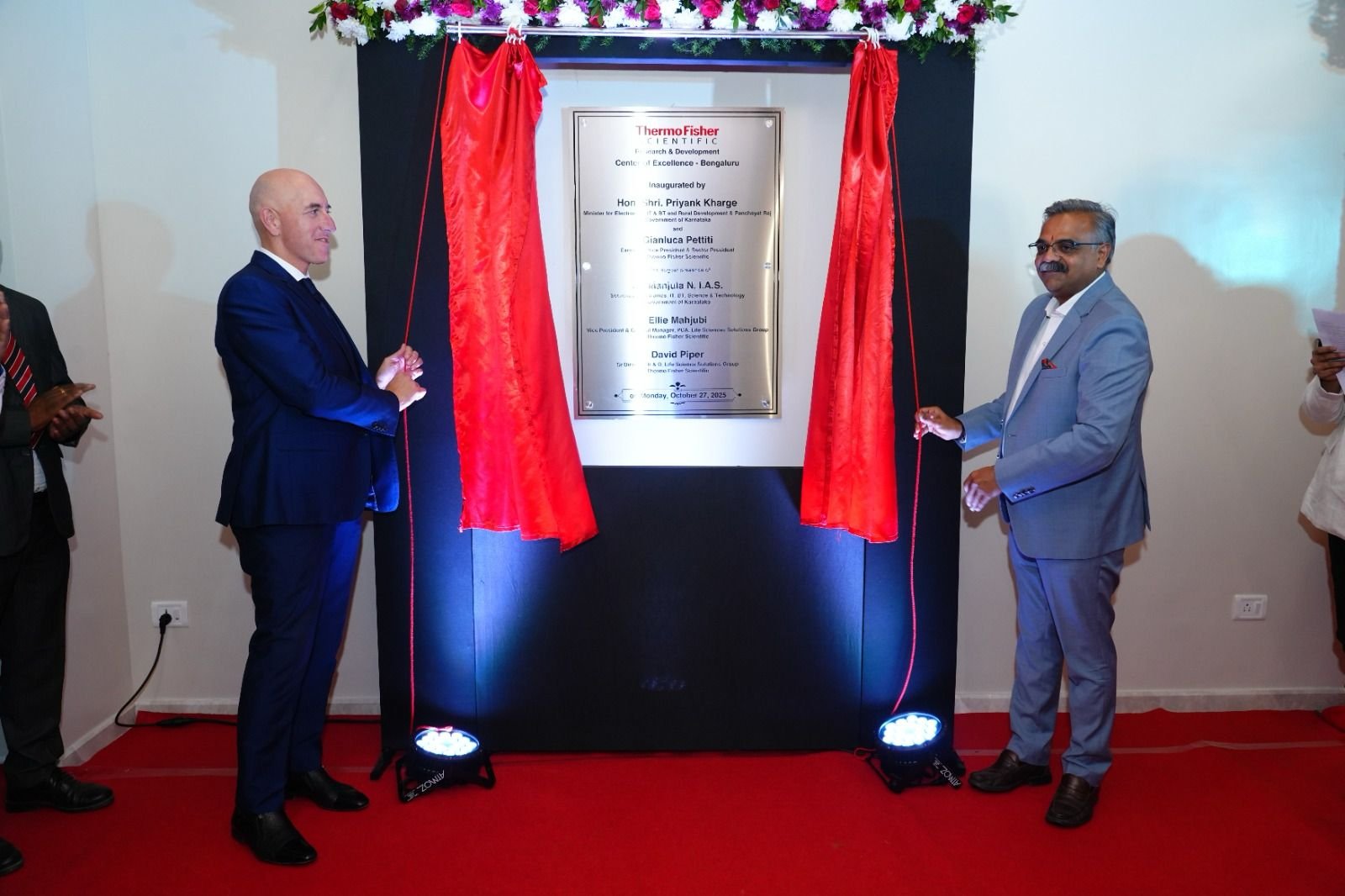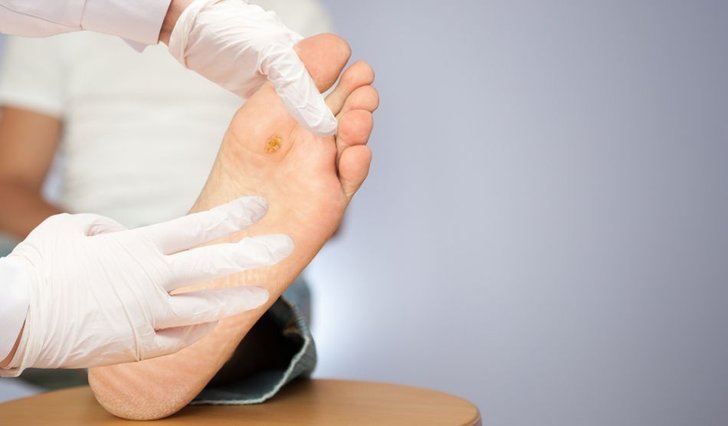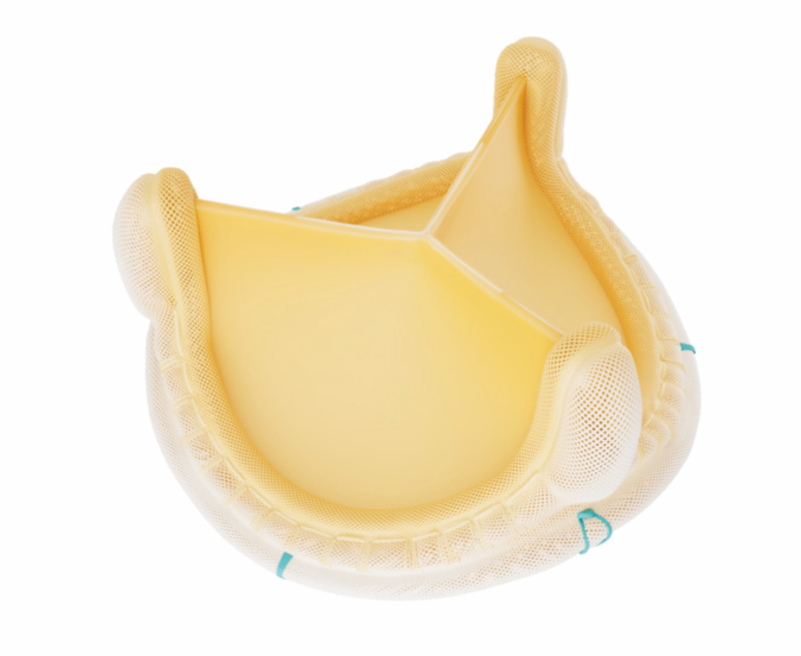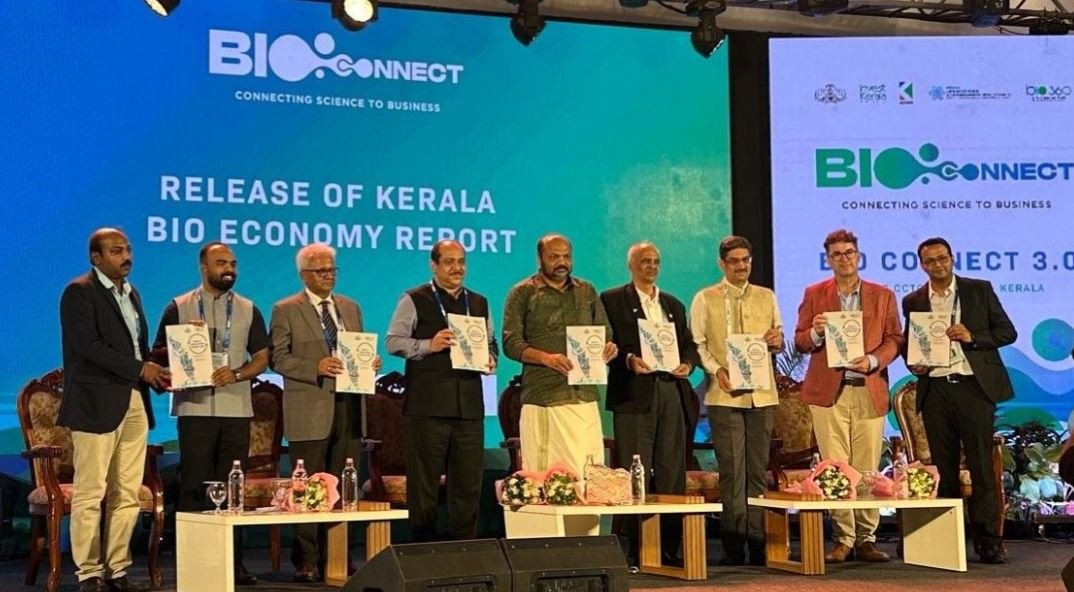Finishing work to make PPEs more effective
October 27, 2020 | Tuesday | Views
Despite having an extra “coating”, fabrics remain breathable and comfortable, which is a major factor when frontline workers wear protective gear for long periods
Image credit- shutterstock.com
As the number of COVID-19 cases in the country continue to rise, we have been faced with a critical, ever growing need for protective equipment for our frontline workers. Personal Protective Equipment (PPE) kits usually include clothing, helmets, face shields or any other types of garments, and have been built to protect the wearer from conditions such as extreme heat, electrical hazards, chemicals, or biohazards such as airborne pathogens. These kits, originally designed to reduce exposure to various kinds of health and safety hazards, have proven to be one of the most crucial tools in helping us combat the virus. In order to increase protection, these kits are treated with certain pre-treatment, dyeing and finishing solutions which act as a barrier against harmful microorganisms.
How do these finishing work to make PPEs more effective?
Textile finishes applied on knit, woven and non-woven fabrics used to make surgical masks, coveralls, gowns, scrubs, and face coverings among others, provide certain properties to the material, rendering them more effective. These solutions include:
- Oil and water repellent fluorocarbon treatment for polypropylene (PP) and polyester (PET) non-woven materials prevent liquids such as oil, water or alcohol based stains from penetrating into the substrate, thus creating a barrier
- Non-flourinated, durable, water repellent finishes for cellulosic, synthetic and synthetic-cellulosic fibers provide water repellent and rainproof finish, thus preventing water droplets from percolating through the material
- Anti-static agents provide antistatic effect for polypropylene (PP) without influencing hydrostatic pressure, alcohol & blood repellence on the fabric
- Certain finishes suitable for synthetic, cellulosic and synthetic/cellulose fabrics also offer protection against liquid chemicals, preventing the material from retaining any chemical droplets
- Some finishing applications on these fabrics also help increase durability of various materials including synthetics, cotton, wool and their blends, allowing the garment to be washed and reused up to multiple times
Pivotal role of research and technology in developing superior solutions
The ongoing pandemic has given rise to companies and academic institutes allocating substantial resources towards the research and development of new finishes which can help enhance the level of safety provided by protective gear.
The primary transmission mode for COVID-19 is through respiratory droplets and the effectiveness of face masks is lower if the fabric can absorb these droplets. To enhance the level of protection for frontline staff, water repellents prevent the outer layer of face masks and isolation gowns from absorbing moisture. The water repellent finish helps moisture form larger droplets and slide off the outer layer of the fabric, safeguarding the wearer against contact from moisture or bodily fluids.
Despite having an extra “coating”, fabrics remain breathable and comfortable, which is a major factor when frontline workers wear protective gear for long periods. To alleviate the shortage of disposable PPE, washable PPE is becoming more common and durable water repellency can be achieved up to 30 washes.
In addition to acting as a barrier against external elements, these newly developed coatings also offer anti-viral and anti-bacterial properties. For instance, a research team from Indian Institute of Technology (IIT), Ropar developed hydrophilic and hydrophobic coatings providing anti-microbial properties for surface disinfection and PPE kits.
In a similar breakthrough, researchers from the University of Pittsburgh developed a textile coating which can repel liquids like blood and saliva, and also prevent viruses from clinging to the surface of the fabric. Such advancements in the field of textile coatings can open up new avenues for previously unexplored applications in the healthcare sector, such as furniture upholstery in hospitals, which are highly prone to contamination.
The current crisis has significantly highlighted the need for constant research in this field, as we find ways to combat ever-evolving threats. These recent breakthroughs in the sector will go a long way in protecting healthcare and other frontline workers, as they risk their lives during this adverse period.
Abhishek Goyal, Technical Lead – Finishing, South Asia, Huntsman Corporation, Mumbai









